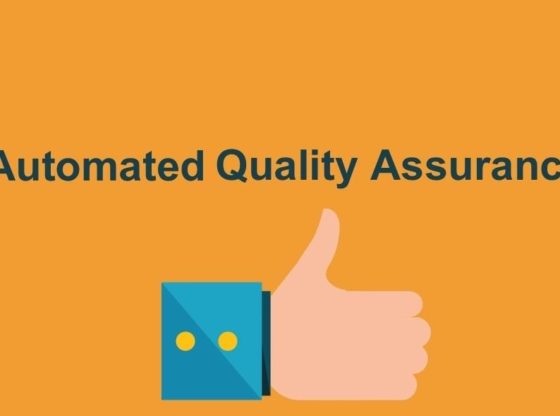Every software that is released in the market goes through a thorough testing phase. However, despite that, many delivered software have defects. In fact, the Watts Humphrey of Carnegie Mellon University’s Software Engineering Institute estimates that in every 1,000 lines of code created by software professionals, 100 are defected.
The Standish Group’s Software chaos report also suggests that the success rate of every released software is about 30% while failed projects are a common occurrence in the industry.
Software failure is also expensive. A 2002 study by the National Institute of Standard and Technology reports that software defects cost the U.S. economy an estimated $59.5 billion each year. The bigger drawback is that most of the cost is shouldered by the end-user.
A tragic incident also occurred when software used for radiation therapy was not tested properly. Unfortunately, the device error sent out wrong instructions which resulted in radiation poisoning in the six patients admitted at that time. The software mishap claimed the lives of some as well.
If these numbers are enough to give you shudders then you are definitely on the right page.
Every software that is released in the market is tested by engineers, a method commonly known as manual testing to ensure no bugs creep in the software. However, one way or the other, defects manage to make their way into a software.
This is where the importance of automated testing comes in.
To put it in simple words, automated testing is similar to the manual testing procedure except that a machine is equipped for the task which makes the process faster and more efficient.
Nowadays, automated testing has become a crucial process for big software development organizations but is thought to be expensive and complex for small to middle-sized companies. However, contrary to popular beliefs, an automated quality assurance for your software is not only affordable but also more reliable.
Let’s take a look at some of the benefits of employing an automated testing program for your software.
- Saves time and money
This is probably the biggest advantage for small companies. A software generally has to undergo testing many times during its development phase. Every time a code is modified, the software has to be re-tested. A manual test conducted on the software is costly and also time-consuming. However, once test automation software is implemented, it can be used over and over again without any additional cost. This also saves the time of technicians who have to sit in front of computers for hours at a stretch to find the bugs that can make the software faulty.
- Improved accuracy
We humans are prone to making mistakes and even the most observant tester can make an error or two during the testing phase. Since an automated software performs each step precisely, there is not much room left for errors.
- Improved test coverage
No one likes to perform the same task over and over again. Developers also get bored with testing the same product repeatedly. For this reason, they often avoid lengthy tests to save their time and energy. However, automatic testing software executes several tests simultaneously which is impossible through manual tests.
- Better visibility
The automated testing makes it easier for the entire team to assess the errors and discuss the possible outcomes before sending the software forward. A clear report is sent out with every test which makes it easy for the team to assess what an engineer has done, which parts had errors, and which ones have been fixed.
- Gives your team a break
If your team of testers are continuously monitoring a software and assessing its results, chances are that they will feel lethargic and fatigued.. Give them a break and make them focus on more crucial tasks instead that require human innovativeness and creativity for the betterment of your organization.
- 24/7 support
The tests can be performed from anywhere, any day and anytime. The remote feature is especially helpful as it allows software developers to work and check the quality of the software from the home as well.
In short, an automated testing process will enable you to release the software with better quality and zero errors.
As is generally known, there is a downside to everything, and automated testing software is no different.
There are some things that the automated testing software won’t be able to do. For example, it won’t be able to fix errors that the software might be facing. App crashes are also not observed by the machine and you may need manual testing to ensure your app is functioning properly.
Additionally, automated testing software also won’t let you check usability of the software. How well the users adjust to the various buttons or how easy it is to actually use the app – this can only be determined through human testing.
Final word
Just like everything in the world, there is a set of advantages and disadvantages of automated testing as well. However, in a recent survey, only 5% of respondents claimed to use automated software in their development process while mostly admitted that they follow the 50:50 automation: manual method. To our surprise, 9% of the participants claimed that they don’t rely on automated testing at all and only deploy technicians to keep a check on the software.
The world of technology is changing every day and since machines have taken over many tasks that were previously done by humans – we believe that it is time to give some responsibility to the latter too to check the quality of software before it is launched. Although replacing human testing completely is not a viable idea, utilizing the best technology trends can help both assure the quality of the pre-release software and keep the standards of your company high.

